The chemical engineering duo looks at ways to improve vaccine production, which would lower costs and help keep communities safer from viral diseases like COVID-19.
For the second year running, the doctoral student and faculty mentor winners of the Bhakta Rath Research Award hail from the Department of Chemical Engineering at Michigan Technological University.
Pratik Umesh Joshi recently earned his PhD. As a doctoral candidate, he was advised by Caryn Heldt, who is the director of the Health Research Institute at Michigan Tech and runs the COVID-19 testing lab. Heldt is also the James and Lorna Mack Chair in Bioengineering and a professor of chemical engineering. Their research focuses on scaling up viral vaccine methods by creating better ways to isolate the virus needed to make the vaccine effective.
As Joshi explains, the vaccine production process has three main stages: upstream, downstream and formulation. Production starts upstream with a small tube of stock viral particles. Then, that small amount is increased in cell culture bioreactors where viruses replicate in the cells, eventually making enough viral particles to yield millions of doses downstream. However, before a vaccine can be formulated, the target viral product needs to be extracted from the cell culture broth — everything else is considered a contaminant. Imagine a spoon that scoops your favorite ingredient from a soup. Like that spoon, Joshi and Heldt work on cost-effective and efficient methods to get viral particles out of the cell broth.
"Dr. Joshi and Dr. Heldt have worked to develop a scientific framework that potentially can be used in large-scale production of vaccines and therapeutics, while improving the separation efficiency and process economics."
Q: What’s your project about?
About the Researcher
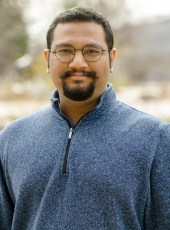
Pratik Umesh Joshi
- PhD Graduate
- Chemical Engineering
Research Interests
- Vaccine development
- Capsid protein biochemistry
- Virus characterization
CH: We are interested in finding ways to produce vaccines on an industrial scale that saves time and money. Recent manufacturing issues with the COVID vaccines demonstrate that the process is time-consuming and expensive. We want to understand a nonconventional extraction method that could make vaccine manufacturing less expensive and allow the product to get to the market faster.
PJ: In a broader scope, our work is intended to develop innovative and robust processes to upgrade the vaccine manufacturing potential. Our project involved using a liquid-liquid extraction-based system, called aqueous two-phase systems, to separate viral products from impurity. This technique is designed as a part of the downstream stage. The goal was to develop a framework to optimize the separation process to achieve high virus recovery. The high virus recovery was of prime interest because the commercial downstream processing, as per the literature, recovers only 30% of virus particles generated in the upstream stage. Our goal was to innovate the two-phase systems to improve virus recovery.
Q: Where did you get the idea?
CH: For many years, I have been excited about finding ways to measure the surface properties of viruses. We have found that viruses are fairly hydrophobic compared to proteins and other molecules in the body. So, it seemed like this could be a property that could be used for separation and purification. The extraction method we use is gentle for vaccine molecules but separates based on hydrophobicity.
PJ: Our project was divided into two main sections. The first part was to develop a guideline to optimize the virus recovery in aqueous-two phase systems by understanding the separation driving forces. The second part was to elevate the driving forces and modify the systems to keep viral products stable and keep processing equipment happy so they don’t overload on energy and cost. Both sections used a significant discovery by the lab about the virus surface just when I joined the group. The study showed that the virus surface is more hydrophobic than proteins. When I joined the group, I was working on a project that utilized viral surface hydrophobicity to develop a different system. Then it was a matter of connecting the dots from literature and our lab’s findings.
About the Researcher
Q: How have your methods helped make the project successful?
CH: Pratik is a great scientist. He not only found ways to purify viruses, but he used scientific knowledge to improve the process. His digging into the literature to find ways to improve the process led to the project’s success.
PJ: I remember a quote by Dr. Heldt: “Easy research has already been done.” As younger scientists, we have to dig into the literature and find ways to achieve a target with the scientific hints scattered in the literature. This needs patience and perseverance.
Q: What challenges help build that patience and perseverance?
PJ: Viruses are incredibly tricky to work with and the biggest challenge is measuring them. Most of our measurements are based on detecting active viruses in cell cultures. The detection is based on looking at the effect of viruses on live cells. Viruses and cells are both sensitive to most of the conditions except the inherent culture conditions.
CH: Yes, the most difficult part of our work is that viruses are small and, relative to many other things, are found in very low concentrations. This makes many measurements difficult. What works to measure other biological therapies will not work for viral vaccines, so we must continue to innovate and find novel techniques to measure the surface interactions of viruses.
PJ: The other challenge is to maintain a high pace of research productivity. It takes roughly about a week to get the results of one set of experiments from the cell-culture-based assays. The decision-making process of changing the experimental parameter cannot be done quickly.
"This award recognizes exceptional scientific and technological research. I am impressed by the insightful work that has been conducted by Dr. Joshi with his collaborating faculty member Dr. Heldt in the area of single-phase viral enrichment."
Q: What do you find most interesting about your work?
CH: I love the combination of science and application this work provides. While our ultimate goal is improved purification, we use our understanding of surface science to accomplish this goal. We are interested in how a virus, at the nanometer scale, interacts with different solutions. It is fun to hypothesize different interactions that explain the separation processes we observe and then to design experiments to test our hypotheses.
PJ: I am an admirer of the immense complexity of nature’s work. If you look at viruses, they seem to be just nanosized cages enclosed with a small piece of genetic information. However, the diversity in structural features and functioning is fascinating to study. The interesting part for me is decoding that complexity and mixing it with the engineering fundamentals to develop health care technologies.
Q: Who benefits from your research?
CH: We hope everyone can benefit from our work. Our goal of bringing vaccines to market faster and with a lower cost will make vaccines available around the world. We also want to bring more flexible manufacturing practices to our industrial partners so they can produce new vaccines very quickly for the next epidemic or pandemic.
PJ: We do multidisciplinary research. We develop technologies to upgrade vaccine manufacturing processes and add fundamental knowledge to the scientific community. Upgrading vaccine manufacturing technologies will help meet the global demands of life-saving health care supplies. The basic science will add a layer to the knowledge pyramid and help other researchers develop innovative technologies.
Q: What makes a mentoring relationship thrive?
CH: I believe mentoring is about presenting different options. I cannot tell anyone what is the best path for them. I can tell them what paths exist and maybe some of the pros and cons of each path. But I try not to give any exact answers.
Pratik was easy to mentor because he is thirsty for knowledge. He is excited to learn and this makes for the best mentee.
PJ: There are two ways of crossing a lake by a bridge. Someone can build a bridge for me or show me how to build a bridge. For me, mentoring is about making the mentee aware of how to build a bridge, because a bridge built for one lake may not work for another. If I know how to design and construct a bridge, I can cross any lake I want to.
In this bridge-building process, Dr. Heldt gave me time and freedom to think, to support building projects and to gain exposure to enhance professional development. I am extremely fortunate to have such a dynamic mentor!
Michigan Technological University is a public research university founded in 1885 in Houghton, Michigan, and is home to more than 7,000 students from 55 countries around the world. Consistently ranked among the best universities in the country for return on investment, Michigan’s flagship technological university offers more than 120 undergraduate and graduate degree programs in science and technology, engineering, computing, forestry, business and economics, health professions, humanities, mathematics, social sciences, and the arts. The rural campus is situated just miles from Lake Superior in Michigan's Upper Peninsula, offering year-round opportunities for outdoor adventure.
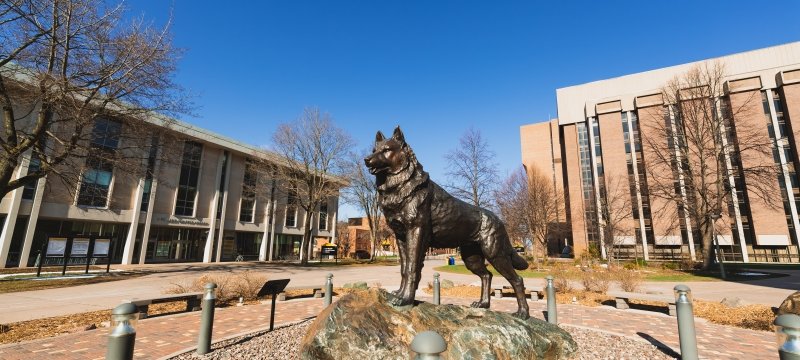
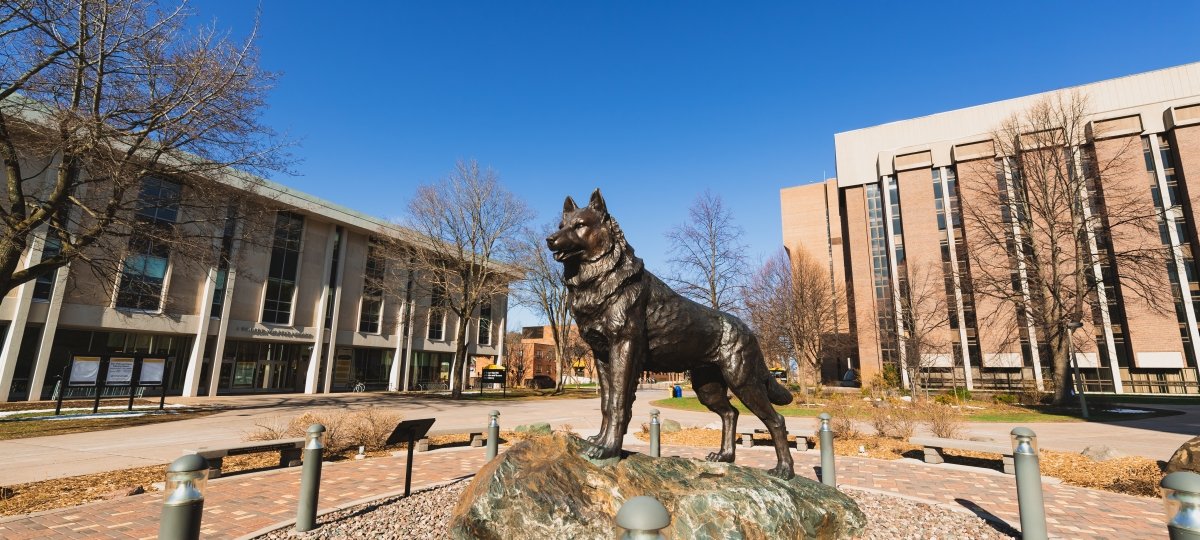
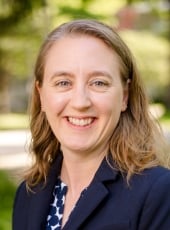
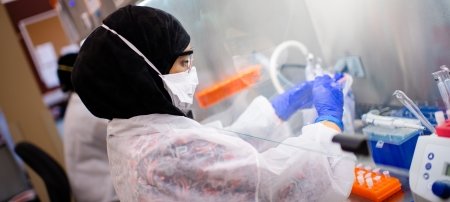
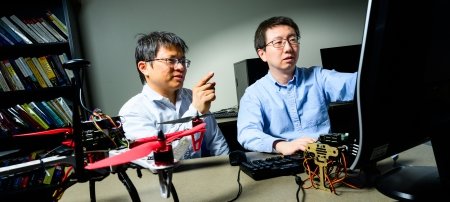
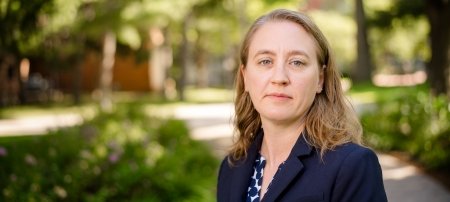
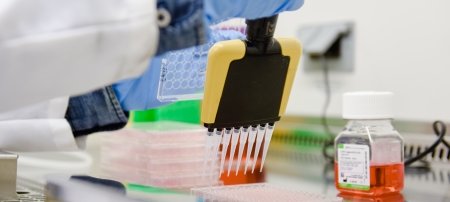
Comments